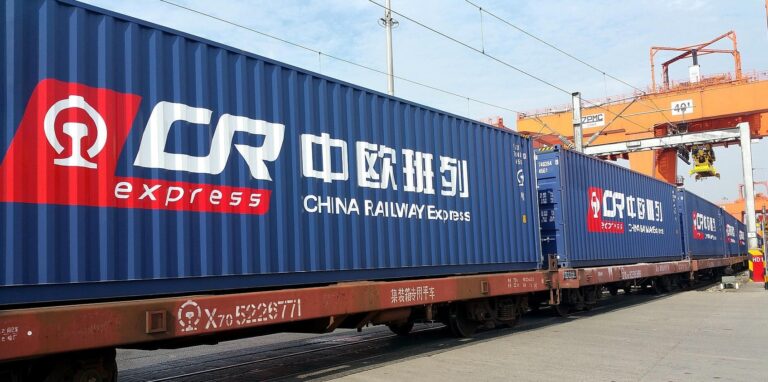Maritime Container Market: Negotiations Impacted by Red Sea Uncertainty

According to the latest data from the Xeneta Shipping Index (XSI®), maritime container carriers are navigating between risk and reward in new contract negotiations due to ongoing uncertainty in the Red Sea market.
Xeneta’s latest data released on May 2nd shows that the global XSI index (the average price of all valid long-term contracts in the market) remained at 154.3 points in April, a mere 1.7% increase compared to March.
However, when looking at the classification indices within this global data, the market is dynamic. The European import XSI index reached 171.8 points in April, a 9.2% increase from March, marking the largest month-on-month increase since June 2022.
On the other hand, the XSI classification index for imports to the United States decreased by 9.4% in April to 150.6 points. Additionally, despite the slight month-on-month increase in the global XSI index in April, it still represents a 50.1% decrease compared to April 2023.
Emily Stausbøll, Senior Maritime Analyst at Xeneta, stated: “We see a significant increase in the European import XSI in April, mainly due to the ongoing impact of the Red Sea conflict. However, considering that the spot market from the Far East to the Mediterranean has risen by over 60% compared to twelve months ago, you might expect shipping companies to push for higher long-term rates.”
“The reason operators are not pushing for higher long-term rates is that they are concerned about overcapacity in an uncertain market.”
The growth in global container shipping volumes in January and February of this year, up 10.7% compared to the same period last year, further strengthens the argument for rising long-term rates.
Even with the strong month-on-month growth recorded in the European import XSI index in April, it still represents a 34.2% decrease compared to the same period last year.
Stausbøll explained: “Since the second quarter of 2023, each quarter has seen record-high deliveries of new container ships. However, as of 2024, the conflict in the Red Sea has largely shielded carriers from the impact of overcapacity, as more ships are needed around the Cape of Good Hope to maintain service schedules.”
“If the situation changes and a large number of container ships return to the Red Sea in the next twelve months, this could severely affect shipping companies due to overcapacity, and spot market prices could plummet. Yes, operators want higher long-term rates, but they also need to ensure long-term business volume. Balancing risk and reward in such an unpredictable market is the delicate line they are trying to walk.”
“The US import XSI sub-index is at 150.6 points, a decrease of 9.4% from last month, and a 67% decrease compared to April last year (451.5 points). This is also the lowest level for this index since April 2021.”
“Since many long-term contracts for US shippers extend from April to May, next month’s XSI data will reveal the outcome of recent negotiations.”
Stausbøll believes that market data and intelligence have always been at the core of these discussions. She said, “Since the escalation of the Red Sea conflict in December last year, spot prices from the Far East to the US East Coast have steadily declined by 33% from the peak in early February. During the same period, spot freight rates from the Far East to the US West Coast decreased by 31%.”
“US shippers have been using Xeneta data in long-term contract negotiations to highlight the weakness of the spot market and secure significant discounts between bidding rounds. These new long-term contracts will take effect in May, so we can expect further changes in the XSI next month.”





